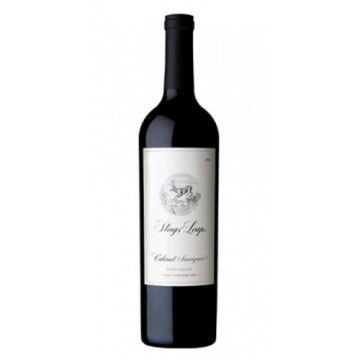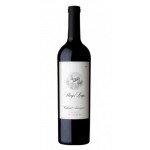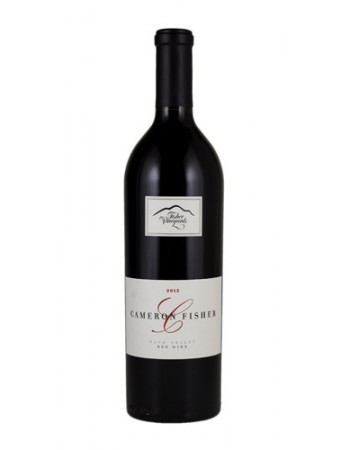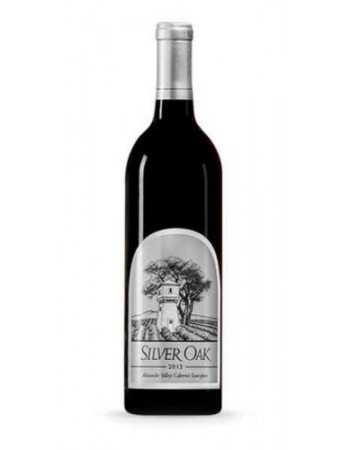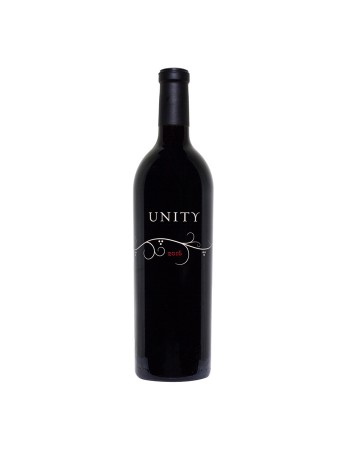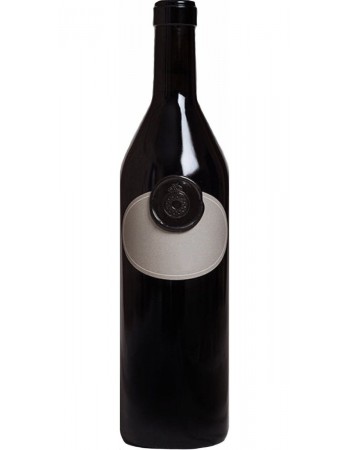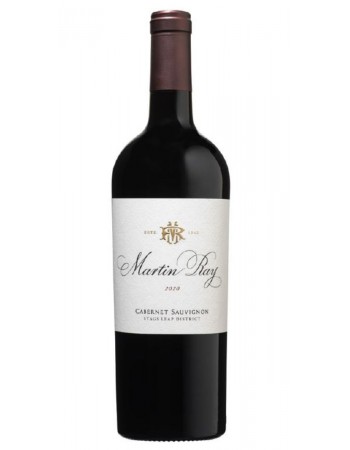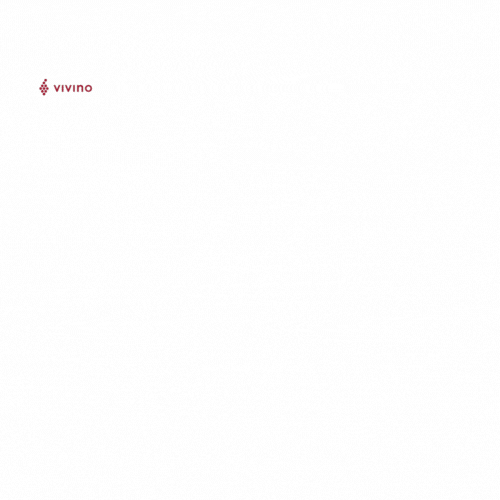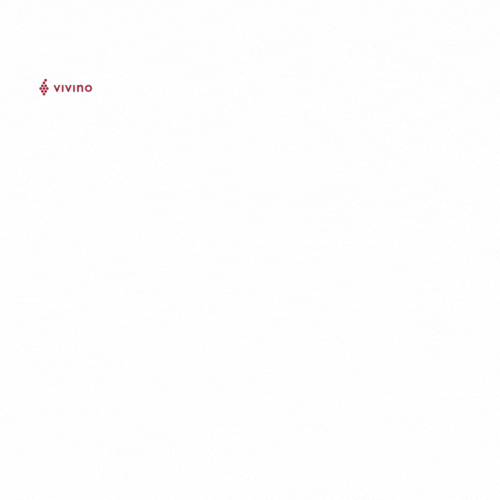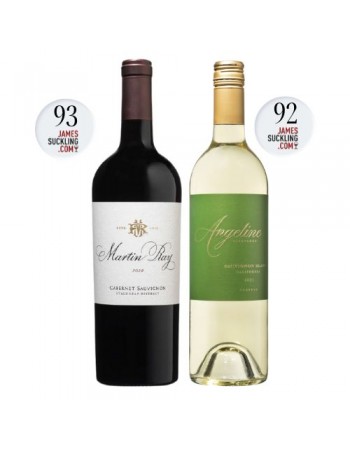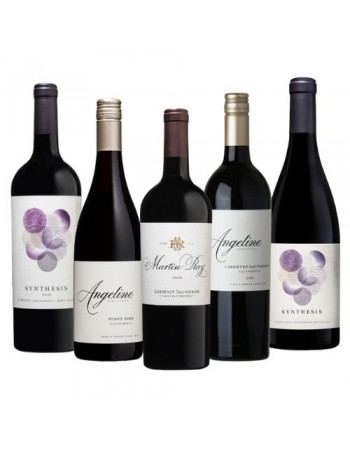2013 Stags Leap Coombsville Cabernet Sauvignon
Country : USA
Vintage : 2013
Region : Napa Valley
About Winery
A fashionable country resort in the mid-twentieth century, popular with Hollywood due to its 1892 stone Manor House and historic gardens, legends of bootleggers and gangsters, ghosts and gypsies, Stags' Leap has been home to three major family groups up through the modern revitalization of the winery that began in the 1970s.
Stags Leap Manor, as it was called in the 1920s, was known as one of the prominent country retreats in the Napa Valley at a time when resort and spa business was big. In addition to lodging and dining, amenities included lawn tennis, swimming, horseback riding, children's activities, golf, music, cards, a library, and Napa Valley wines and liquors (prior to and after Prohibition).
An intimate valley within the greater Napa Valley, Stags Leap is a place of natural beauty, storied buildings and gardens, a lively history, and a reputation for elegant wines showing finesse and intensity.
Winemaker Christophe Paubert has always admired the Cabernet Sauvignon fruit from Coombsville for its concentration and fresh aromatics. Year after year the appellation yields some of the most concentrated and distinctive Cabernet Sauvignon in Napa Valley, and the 2012 vintage marked the inaugural release of this small-lot bottling. This wine captures a pure expression of Napa’s southeastern corner and its unique elevation and cooler terroir. The majority of the blend comes from Garvey Vineyard, and long-standing relationships with some of the most highly regarded growers in Coombsville ensure this wine exemplifies the excellent structure, concentrated fresh flavors and significant tannins of this celebrated appellation.
Pauillac-like, the 2013 Cabernet Sauvignon from Coombsville displays oodles of earth, forest floor, cedar wood, fruitcake, and plenty of blackcurrant and smoky notes. It is rich, full-bodied, and capable of lasting another two decades or more. In fact, I would try to keep it in the cellar for another 3-4 years before drinking it."- Robert Parker, The Wine Advocate, December 2016.

